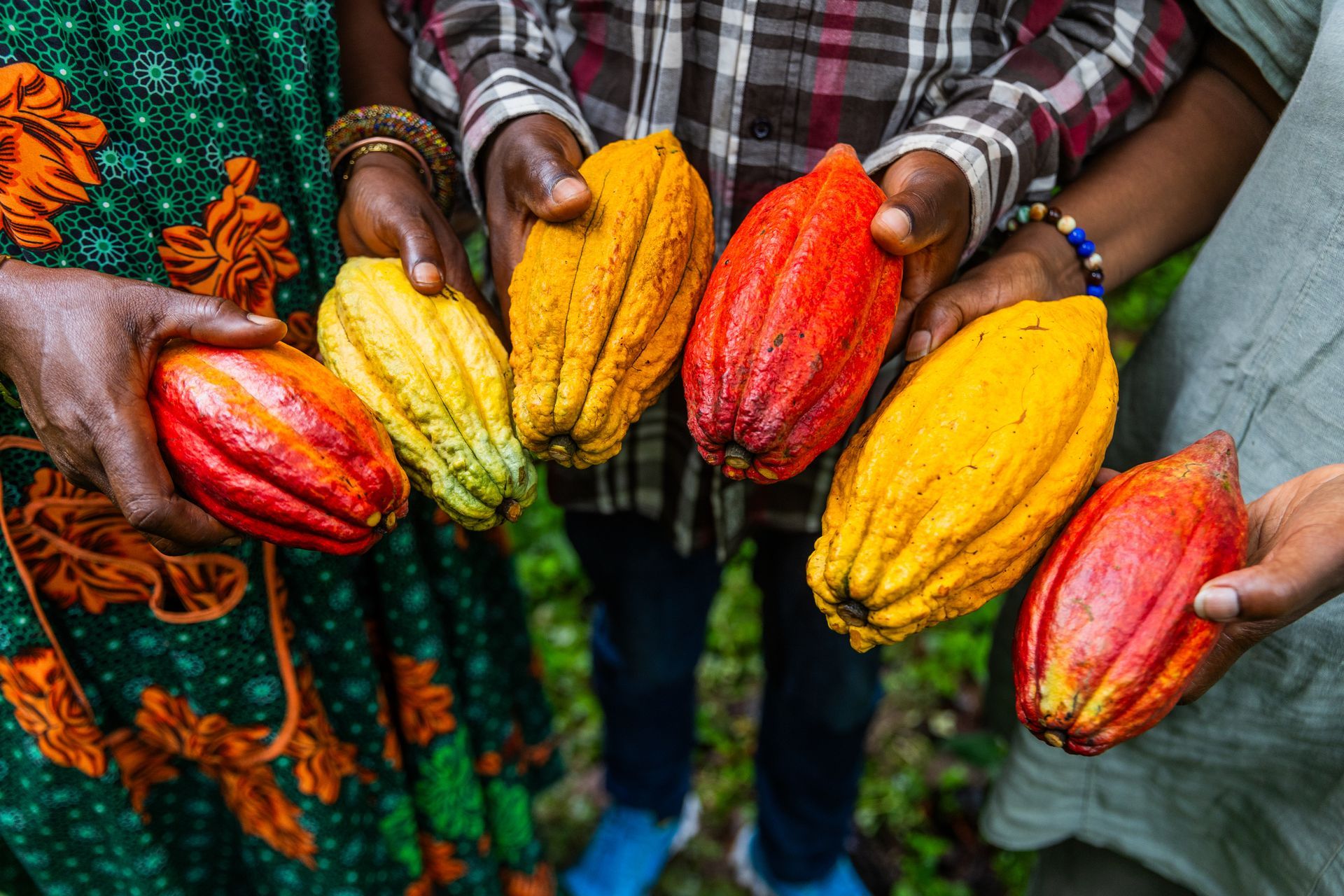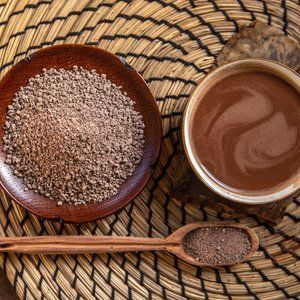Equal Exchange Explains the Cacao Farming Crisis

Roughly 5-6 million small-scale farmers (under 12 acres) produce 90% of the world’s cocoa, and some 50 million people worldwide depend on the cocoa supply chain for their income or employment. Around 70% of the world’s cocoa beans come from West Africa, mainly the Ivory Coast and Ghana, and their most recent main harvest was not good. The shortage is primarily caused by factors like agricultural diseases, atypical climate patterns, and aging farms in West Africa. The commodity market has been greatly affected, leading to a significant price increase. This has cascading effects on the supply chain, resulting in higher prices for consumers and potential supply issues for chocolate manufacturers.
Three primary factors came to a head this season:
Agricultural diseases: Serious agricultural diseases are harming cacao trees and decreasing harvest outputs. This harvest year, black pod disease and swollen shoot virus are contributing to significantly lower yields.
Climate change: Unpredictable weather patterns increased occurrence of disease and disrupted farm productivity resulting in a higher-maintenance, lower-yield season. Specifically, this season has had both too much rain and not enough rain at different key moments in the cacao growing cycle, exacerbating the progression of disease and damage.
Aging farms: Many farms are aging and have not been reinvested in adequately over time. Even under good conditions, older trees produce less cacao per tree. Farms with poor investment mean depleted soil and less healthy trees, making them even more vulnerable to agricultural pests and weather challenges.
These issues have had a detrimental impact on farmers, as the increased prices do not translate to higher income due to government regulations and lower harvest yields. Alternative supply chains, like organic and fair trade, which offer better prices to farmers and
support sustainable farming practices, are of greater importance than ever.
Equal Exchange focuses on investing in farming communities and promoting organic farming. This continued support helps farmers adapt to climate change and reduce reliance on harmful chemicals. Instead of chemical-based pesticides and fertilizers, farmers are enabled to use byproducts from cacao farming and gardening to create their own organic composts and natural fertilizers. They also use native plants to help with pest control and nitrogen fixation while saving their best seeds for cultivating and planting young, hearty trees. The focus is on more of a self-sustaining layered system, rather than focused only on maximizing outputs for a short period. The attention to soil, tree health, water systems, and erosion control makes for plants and farms that are better prepared to withstand disease and weather disruptions.
The cocoa industry is highly consolidated, with only four companies dominating the market. This concentration of power allows these corporations to dictate prices and control the supply chain, further exploiting farmers. There is also the issue of child labor, which is prevalent in the cocoa industry due to poverty and the need for farmers to increase productivity when they are not paid fairly for their crops.
There continue to be challenges facing the supply chain and risks to manage related to financing and securing supply during the shortage. There is also a deep need for collaboration and sustainable practices to address the shortage and ensure a more equitable supply chain. While addressing the challenges posed by the global cocoa shortage, we must remember the positive aspects of continued Fair Trade-based patronage for farmers and the importance of sustainable farming practices. Despite these ongoing issues, Equal Exchange remains committed to supporting its farmer partners and promoting a more equitable and sustainable chocolate supply chain.










